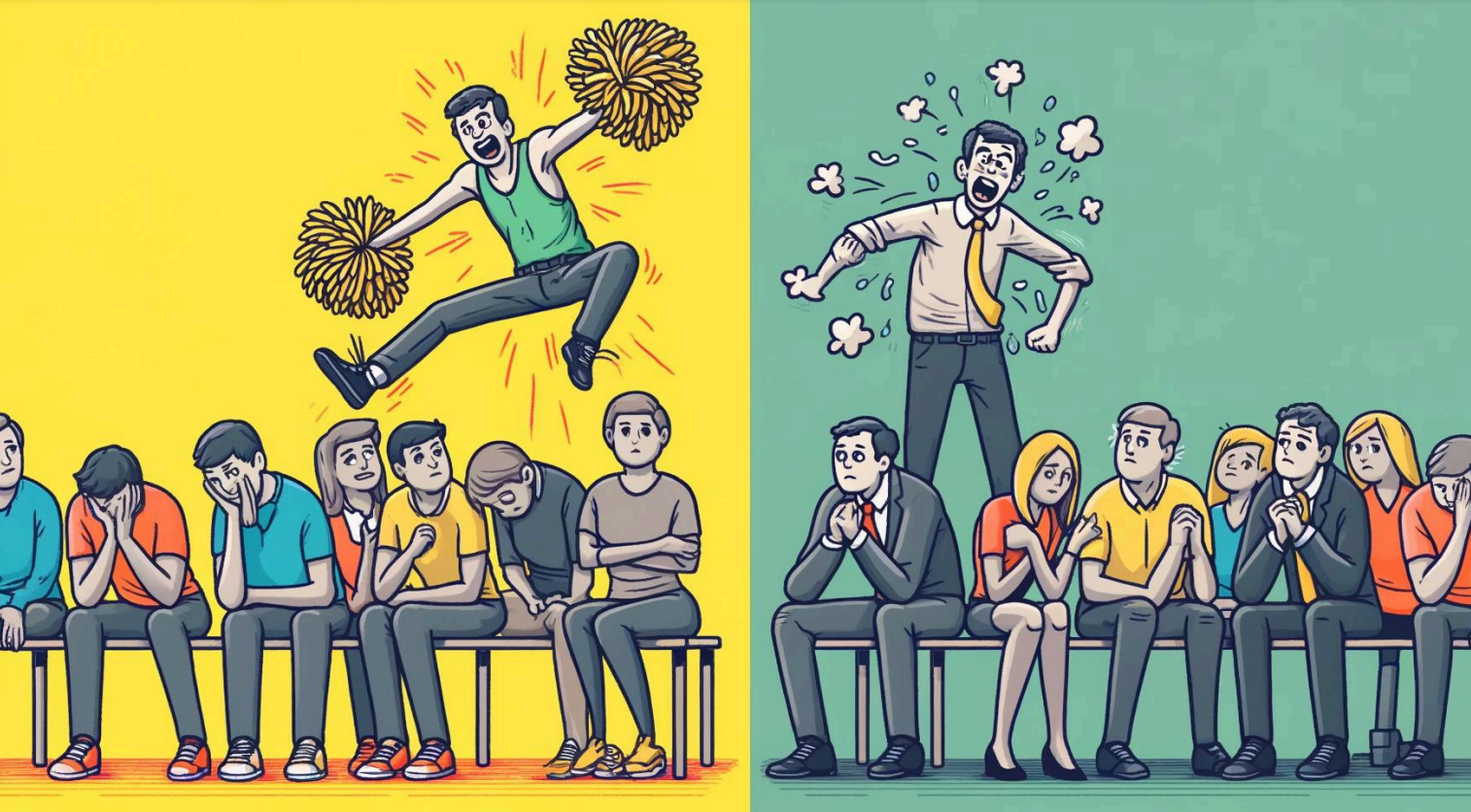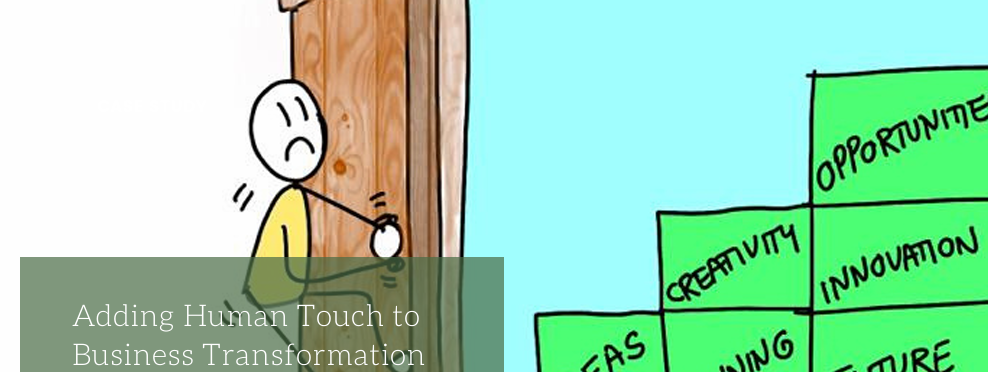What is the smell in your team? How much does that smell influence your work, your drive and your sense of belonging in the team
Have you been to Barcelona?
It is one of my most favorite cities. When in Barca, I am amazed by the vibe. You can literally smell the energy, the excitement and the Mediterranean vibe in the air. I associate that smell with my Barca holidays forever.

Imagine it’s your 1st week in a new job. You are learning all the names, processes and methods. Along with doing all of that, there is also 1 thing that you are strongly absorbing, and that is the smell of the place. Just like every city, and every house, every organization and team has its own smell. The question is, what is the smell in your organisation?
The organisational culture is in the smell of the place. When you walk in, you already get that smell. Professor Sumantra Ghoshal gave a talk on this topic. He made the comparison between the smells of two cities.
When Prof. Ghoshal is in Fountainbleau, France, on a spring day he can smell the spring air, birds chirping, green grasses and vibrant energy. This smell gives him the energy to be more active, go for a run and not stay indoors. He compares this to the smell in Kolkata which he visits every summer. He remembers being stuck in a massive traffic jam, on a 40 degrees hot summer day. He said when he smells that vibe, all he wants to do is to go to sleep. He has no energy to be outdoors or go for a run.
Similarly, every organization has a smell. When you visit an organization and spend time there, you will already get the smell of the organization. In some organisations, you can smell innovation where there is energy, creativity, new ideas being shared. And in some organizations, you will find it smells of bureaucracy, rigidity and delays.
Now one thing to keep in mind is that there is no literal smell that you will get in an organization. The smell of an organization is more the feel and the vibe that you get with the communication, the collaboration, the dynamic people and the way people share. It is not the walls, the chairs, the room – it’s more how people interact with one another that gives the organization that smell that you perceive.
What are the factors that contribute to the smell of an organisation?
- The collaboration and the communication between the team members.
- The safe space to admit to mistakes and bad ideas.
- Decision making – how prompt or slow decisions are made.
- How affable are the leaders.
- How they treat their clients/customers.
How do I work on the smell?
Step 1:Find the Smell
Once I was invited to work with a Publishing company, and after my keynote, I noticed a certain smell in the group. There were some Q/A from the group on feeling unheard and some bottled frustration. There was one colleague who was very vocal about her feeling of not being able to share with the team members her struggles, failures and stress. As a result, she had bottled it up. As she was speaking, I could see more colleagues nodding and agreeing with her thoughts.
Smell : Frustration

Step 2 :Find the action
As she spoke, some colleagues challenged her thoughts by saying that they have a very open culture. They have frequent team events to share about work and any issues. Then why was she bottling these issues up? When I asked about the various team activities, I found out that they have at least 2-3 catchup moments in a week. Mondays they start with a Day Start, to share successes from last week; every 2nd Wednesday to share team goals and success; Thursdays to have a 15 minutess end of day Prost to cheer for hard work.
This sounded like a team that made efforts to help and celebrate together. So, why was there still this bottled stress? When I started asking these questions, the answer was right there. The leadership was very ambitious to build a positive culture that left almost no space to share failures, struggles and frustrations. All the team events were about sharing success, clapping for one another and being each other’s cheerleaders. This made it harder for people who were struggling, to bring up bad news, or be the party pooper. As a result they felt disconnected.
Action that led to the smell : Too much cheering and not a space to share failure
Step 3: Find the desired smell
The next question was “what is the smell you would want?” The answer was – a place where every voice is heard and failure stories have equal stage time as success stories.
New smell- Acceptance

Step 4- Find the solution to get the desired smell
The last step was to brainstorm on how we can arrive at that smell. The group came up with an idea to host a 30 minutes meeting every week where the group only talks about failures. This meeting will be dedicated to talking about projects that are delayed, obstacles the team is facing and roadblocks. The only day that was available was Tuesday, so they called it the “Stuck up Tuesday”. The idea was to create a safe space where failures will be shared, heard and also helped.
This is a very easy framework to change that smell in your team and organisation. I would recommend trying this 4 step Smell-Change Framework to create the vibe and smell that helps teams to strive, innovate and grow.
So again, what is the smell of your organisation?Report this
Published by

826 followers
Published • 4wFollow
When I first time heard the talk “Smell of a place”, I was stunned how the culture of a team becomes the smell and the smell influences productivity, innovation and transformation. It is such a simple and yet profound concept. When you know the smell, can you change the smell? What can you do make a new smell in your team? Let’s discuss that today. #innovation #culture #transformation



